HOSS Boot Company Men’s Rushmore Western Work Wellington Boots – 188378499
HOSS Boot Company Men’s Rushmore Western Work Wellington Boots feature classic style with modern quality. Built on a Goodyear Welt construction, these Wellington boots are made with a heavy duty rubber outsole so they can be worn for work as well as casually.
HOSS Boot Company Men’s Rushmore Western Work Wellington Boots feature classic style with modern quality. Built on a Goodyear Welt construction, these Wellington boots are made with a heavy duty rubber outsole so they can be worn for work as well as casually. They feature a full grain rancher cow vamp and also a full grain leather shaft, delivering a rich look and ultimate durability. The comfort of these boots is exceptional, having a roomy square toe, a removable premium contoured polyurethane cushioned insole, and a lightweight EVA midsole. They are even electrical hazard rated and have integrated pull handles, making the boots easy to get on and off.
- Roomy square toe design offering a deep, roomy feel
- Oil, abrasion, & slip resistant rubber outsole for a super useful pair of Wellington boots
- EH rated
- Removable contoured polyurethane cushioned insole with memory foam for an incredible feel
- Integrated pull handles to make them easy to get on and off
- Feature a full grain rancher cow vamp and also a full grain leather shaft
- Lightweight EVA midsole for added comfort
Additional information
| Care | Hand Wash |
|---|---|
| Electrical Hazard | Yes |
| Gender | Men's |
| Heel Height | 0.75 in. |
| Heel Style | 90 degree defined |
| Lining Material | Moisture wicking mesh |
| Midsole Material | EVA |
| Outsole Material | Rubber |
| Shaft Height | 11 in. |
| Theme or Design | Wellinton |
| Topsole | Premium full grain leather |
| Warranty | 6 month craftsmanship |
| Width | Medium & Wide Widths |
| Care Instructions | Hand Wash |
| Closure Type | Pull-on |
| Features | Removable Insole |
| Toe Shape | Square toe |
| Manufacturer Part Number | 92060 |

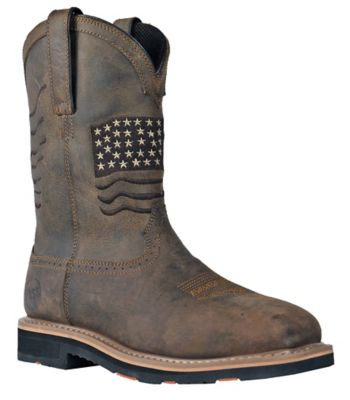
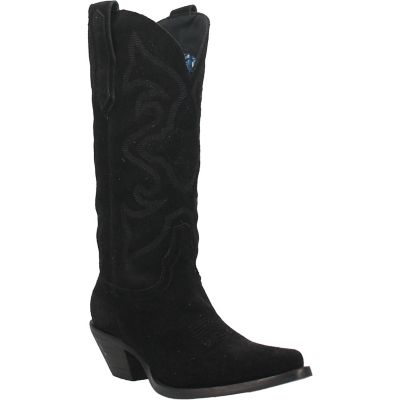

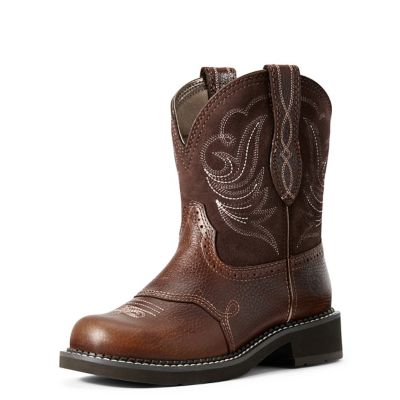
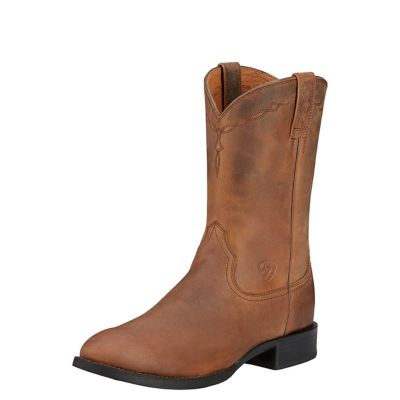
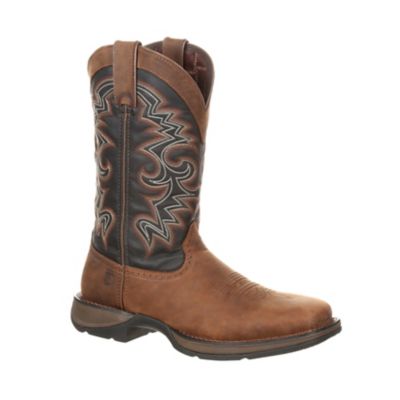
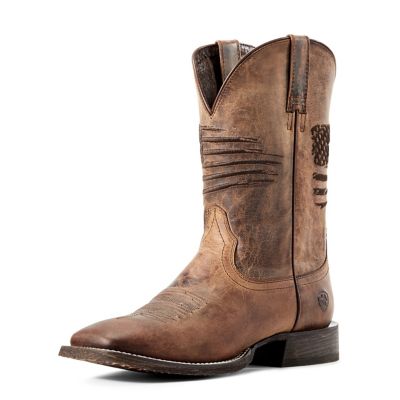
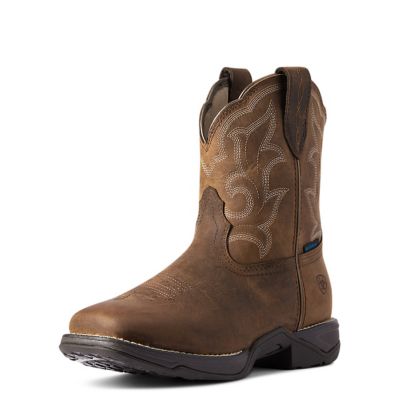

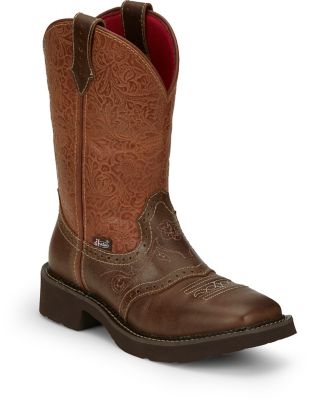
by Ahern
Great looking boots. Nice fit and very comfortable
by Gizmo
Great quality boot. I bought for my son for Christmas. He loved them.